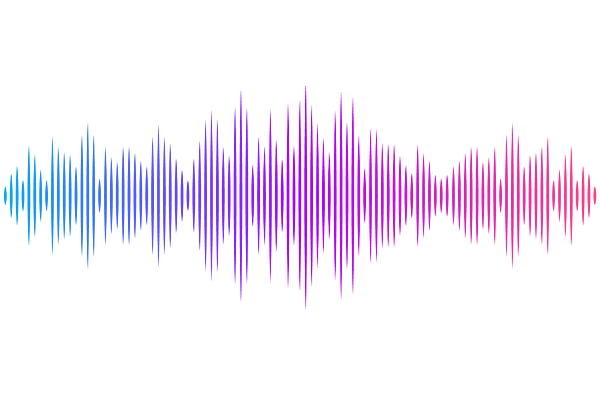The very high X-ray polarisation of accreting black hole IGRJ17091-3624 in the hard state

The very high X-ray polarisation of accreting black hole IGRJ17091-3624 in the hard state
Melissa Ewing, Maxime Parra, Guglielmo Mastroserio, Alexandra Veledina, Adam Ingram, Michal Dovčiak, Javier A. García, Thomas D. Russell, Maria C. Baglio, Juri Poutanen, Oluwashina Adegoke, Stefano Bianchi, Fiamma Capitanio, Riley Connors, Melania Del Santo, Barbara De Marco, María Díaz Trigo, Poshak Gandhi, Maitrayee Gupta, Chulsoo Kang, Elias Kammoun, Vladislav Loktev, Lorenzo Marra, Giorgio Matt, Edward Nathan, Pierre-Olivier Petrucci, Megumi Shidatsu, James F. Steiner, Francesco Tombesi
AbstractWe report the first detection of the X-ray polarisation of the transient black hole X-ray binary IGRJ17091-3624 taken with the Imaging X-ray polarimetry Explorer (IXPE) in March 2025, and present the results of an X-ray spectro-polarimetric analysis. The polarisation was measured in the 2--8 keV band with 5.2$\sigma$ statistical confidence. We report a polarisation degree (PD) of $9.1\pm1.6$ per cent and a polarisation angle of $83^{\circ} \pm 5^{\circ}$ (errors are $1\sigma$ confidence). There is a hint of a positive correlation of PD with energy that is not statistically significant. We report that the source is in the corona-dominated hard state, which is confirmed by a hard power-law dominated spectrum with weak reflection features and the presence of a Type-C quasi-periodic oscillation at $\sim0.2$~Hz. The orientation of the emitted radio jet is not known, and so we are unable to compare it with the direction of X-ray polarization, but we predict the two to be parallel if the geometry is similar to that in Cygnus X-1 and Swift J1727.8-1613, the two hard state black hole binaries previously observed by IXPE. In the Comptonisation scenario, the high observed PD requires a very favourable geometry of the corona, a high inclination angle (supported by the presence of a dip in the light curve) and possibly a mildly relativistic outflow and/or scattering in an optically thick wind.